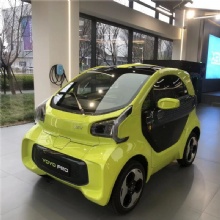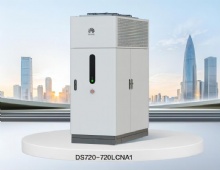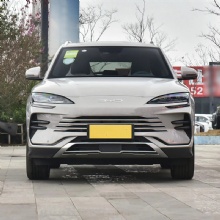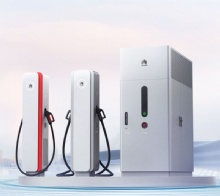Author:aronDate:2024-10-24
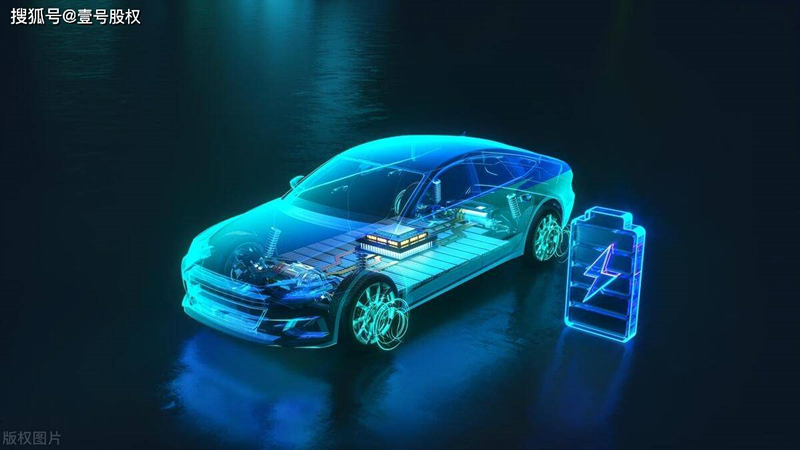
New energy vehicles refer to vehicles that use unconventional vehicle fuels as a power source (or use conventional vehicle fuels and adopt new vehicle power devices), integrate advanced technologies in vehicle power control and drive, and form vehicles with advanced technical principles, new technologies, and new structures.
New energy vehicles include four major types: hybrid electric vehicles (HEV), pure electric vehicles (BEV, including solar vehicles), fuel cell electric vehicles (FCEV), and other new energy vehicles (such as supercapacitors, flywheels and other high-efficiency energy storage devices). Unconventional vehicle fuels refer to fuels other than gasoline and diesel.
New energy vehicles refer to vehicles that use unconventional vehicle fuels as a power source (or use conventional vehicle fuels but adopt new vehicle power devices), integrate advanced technologies in vehicle power control and drive, and form vehicles with advanced technical principles, new technologies, and new structures. New energy vehicles include: hybrid electric vehicles (HEV), pure electric vehicles (BEV), fuel cell vehicles (FCEV), hydrogen engine vehicles, gas vehicles, alcohol ether vehicles, etc.
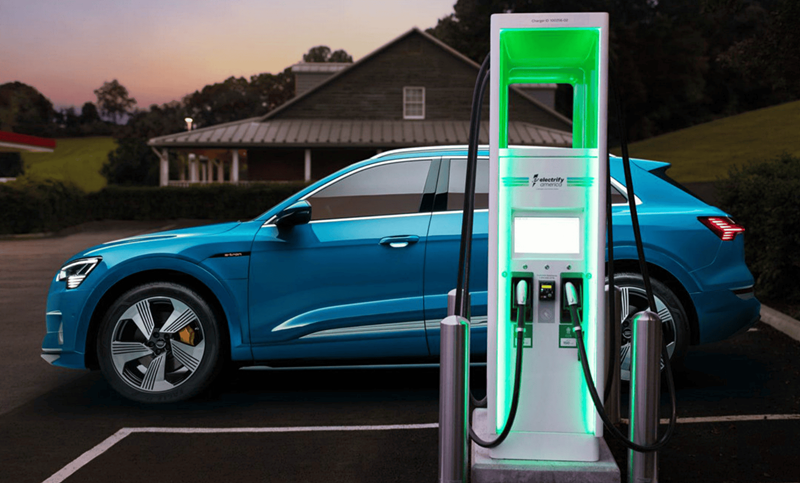
Pure electric
As the name implies, electric vehicles are vehicles that are mainly powered by electricity. Most vehicles are directly driven by motors. Some vehicles install the motors in the engine compartment, and some directly use the wheels as the rotors of four motors. The difficulty lies in the power storage technology. It does not emit harmful gases that pollute the atmosphere. Even if the power consumption is converted into power plant emissions, other pollutants except sulfur and particulate matter are significantly reduced. Since most power plants are built far away from densely populated cities, they are less harmful to humans. Moreover, power plants are fixed and concentrated, and it is easier to remove various harmful emissions. Related technologies have also been developed. Since electricity can be obtained from a variety of primary energy sources, such as coal, nuclear energy, hydropower, wind power, light, heat, etc., people are relieved of their worries about the depletion of oil resources. Electric vehicles can also make full use of the surplus electricity during the low electricity consumption in the evening to charge, so that power generation equipment can be fully utilized day and night, greatly improving its economic benefits. Relevant research shows that the same crude oil, after being refined, sent to power plants to generate electricity, charged into batteries, and then driven by batteries, has a higher energy utilization efficiency than the crude oil after being refined into gasoline and then driven by gasoline engines. Therefore, it is beneficial to save energy and reduce carbon dioxide emissions. It is these advantages that make the research and application of electric vehicles a "hot spot" in the automotive industry. Some experts believe that the biggest obstacle for electric vehicles is the infrastructure construction and price that affect the process of industrialization. Compared with hybrid power, electric vehicles need more supporting infrastructure, which is not something that can be solved by one company. It requires all companies to unite and build together with local government departments before there will be opportunities for large-scale promotion.
Hybrid vehicles
Hybrid vehicles refer to those that use traditional fuels and are equipped with electric motors/engines to improve low-speed power output and fuel consumption. Depending on whether they can be charged externally, they can be divided into plug-in hybrid electric vehicles (PHEV) and non-plug-in hybrid electric vehicles (MHEV).
↓Next [ Canton Fair grand opening: the starting point of a new chapter in global trade ]

